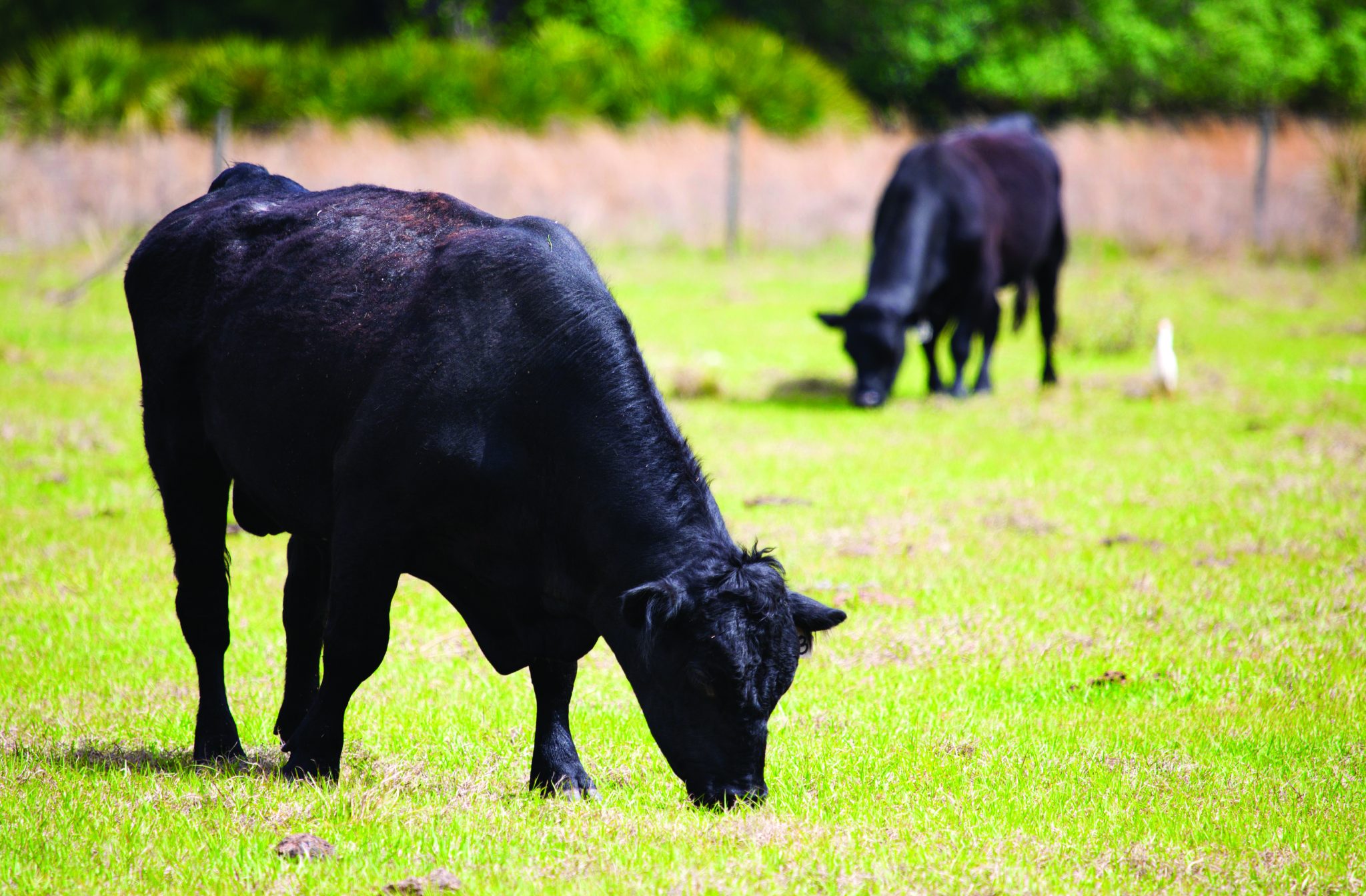Beef

While no livestock owner ever wants to lose an animal, sometimes euthanasia is the most humane option for sick, injured, and debilitated livestock.
Euthanasia is a Greek term meaning good death and occurs when death is induced without causing pain or distress to the animal. The way to avoid pain and distress is to use techniques that cause immediate loss of consciousness followed by cardiac and respiratory arrest. Your local veterinarian is capable of euthanizing animals but might not always be immediately available. Every livestock operation should, therefore, have euthanasia protocols and personnel trained to implement those protocols. The personnel performing euthanasia must be technically proficient and have a basic understanding of the anatomical landmarks and equipment used for euthanasia.
The scope of this publication can only emphasize some of the considerations and importance of proper euthanasia when necessary. For excellent and more detailed information regarding euthanasia of livestock, visit http://vetmed.iastate.edu/vdpam/ extension/dairy/programs/humane-euthanasia. The website describes in detail the proper procedures for euthanasia when veterinary supervision is not available. It is intended for use by livestock owners, market operators, law enforcement personnel, people who transport livestock, and others who may need to know proper methods for euthanasia of farm animals.
The loss of productivity as a result of disease or injury in livestock presents several options: treatment, no treatment, market, or euthanasia. If treatment is economically viable and will likely return the sick or injured animal to a healthy, productive state, then treatment should be offered (e.g., pinkeye). In some cases, animals will even recover without treatment and require nothing more than a “tincture of time” before they return to a productive state (e.g., retained placenta).
Marketing should be considered for animals that are not likely to recover even with treatment. These are animals that are not in severe pain, freely able to stand and walk, capable of being safely and humanely transported, and are without a disease or treatment that might constitute a public health risk, such as a drug residue. Example: a bull with a breeding injury to his penis or prepuce that is not responding to therapy but can urinate freely and does not have a drug slaughter withdrawal. Euthanasia is the appropriate choice whenever the above conditions cannot be met for an animal suffering from a disease or injury.
- Animals that should be euthanized include the following:
- Animals that cannot stand and are not responding to treatment.
- Sick animals that do not respond to treatment, are not eating, and have drug residues. Do not cull sick animals as a way to get rid of them. The public does not want to eat beef from sick animals especially if they have been treated with medications. Do not sell animals that may have violative drug residues. Ask yourself , Am I willing to serve products from this animal to my family? If not, euthanasia is the only option.
- Lame animals that do not respond to treatment or are in severe pain, especially if the foot or leg is extremely swollen.
- Animals with broken bones or severe injuries.
Methods of Euthanasia
Once the decision has been made to euthanize an animal, the next consideration is the best method of euthanasia for the situation. There are essentially two on-farm methods for cattle when veterinary supervision is unavailable:
- A gunshot with the appropriate caliber of firearm delivered to the correct anatomical site.
- A penetrating captive bolt to induce immediate loss of consciousness followed by exsanguination to ensure death.
Refer to the above website for more specific information regarding specific and proper euthanasia techniques.
Indications of Unconsciousness
A gunshot is the most commonly used method of on-farm euthanasia of cattle by farm personnel. Indications that an animal has been properly euthanized via gunshot would include the following observations:
- Immediate collapse of the animal after the firearm is discharged.
- No attempt of the animal to right itself following the gunshot.
- Body and muscles become immediately rigid after the gunshot, followed by varying degrees of involuntary movement of the limbs.
- Normal rhythmic breathing stops.
- The eyelids remain open with eyeballs facing straight ahead and the animal does not blink even when the eyeball is touched.
At no time should the animal vocalize, attempt to right itself, or resume rhythmic breathing as these actions indicate a return to sensibility and the need for immediate intervention to ensure proper euthanasia
Confirmation of Death
Regardless of the method of euthanasia used, death must be confirmed before disposal of the carcass. The following should be used to confirm death:
- No heartbeat
- No respirations
- Lack of corneal reflex (i.e., the animal does not blink when the eyeball is touched)
Carcass Disposal
Alabama law requires carcass disposal within 24 hours. Approved methods of carcass disposal include burial and burning as well as disposing of the carcass in an approved landfill (contact your local landfill for more information). Burial is not an option for those locations in Alabama with a high water table.
If an incinerator is used to burn mortalities, use one approved by the Alabama Department of Environmental Management Air Division. Four Alabama Department of Agriculture Veterinary Diagnostic Laboratories are also available to perform an examination into the cause of injury or illness (necropsy) and then dispose of the carcass for a fee. However, the Alabama Veterinary Diagnostic Laboratories should only be used when the cause of death needs to be determined. For more information related to livestock carcass disposal, see Extension publication ANR-1324, “Livestock Carcass Disposal.”

